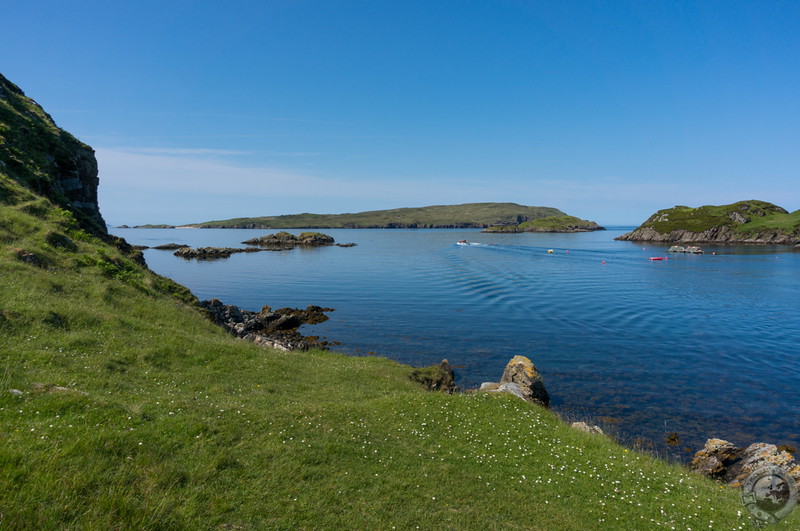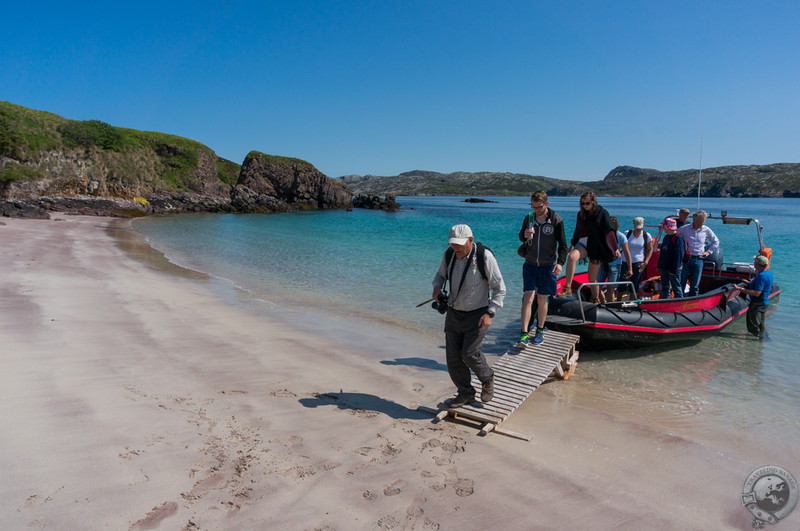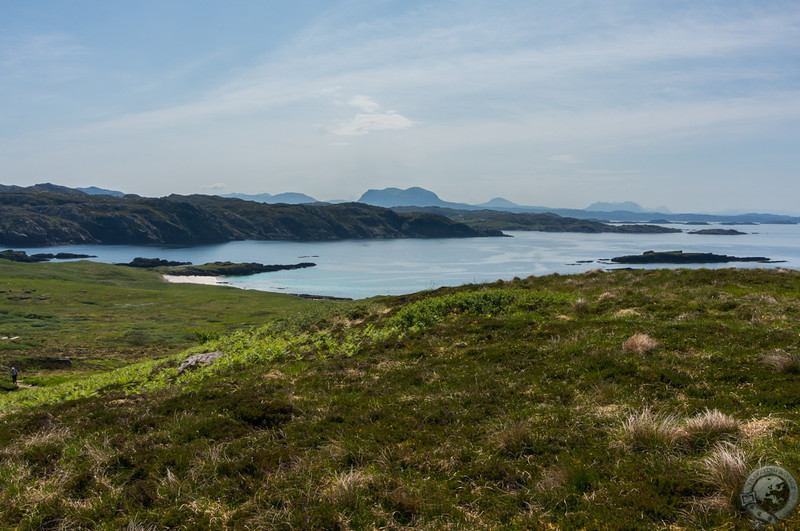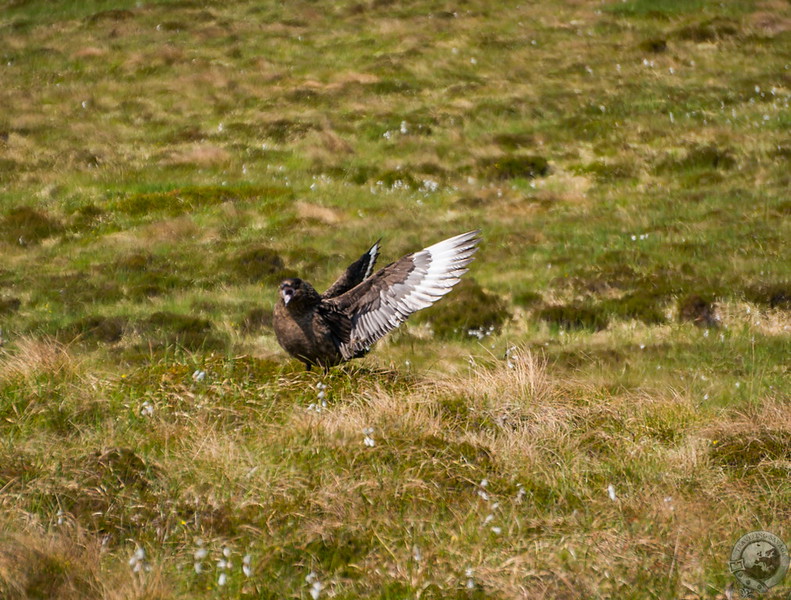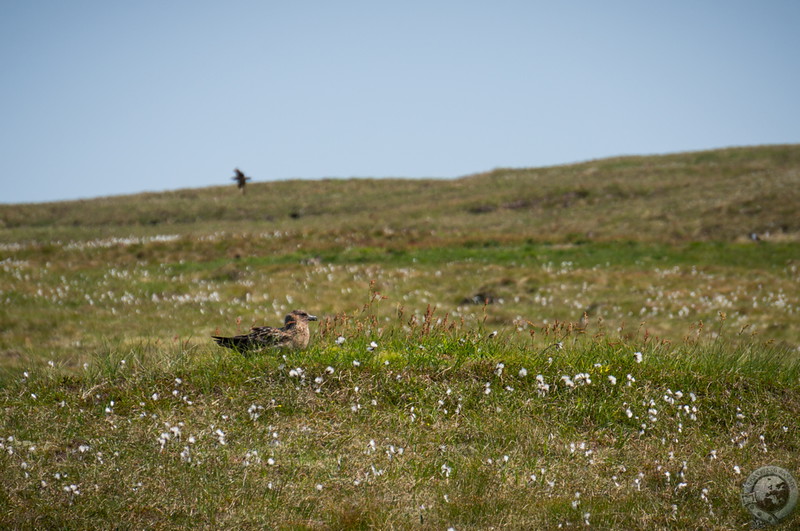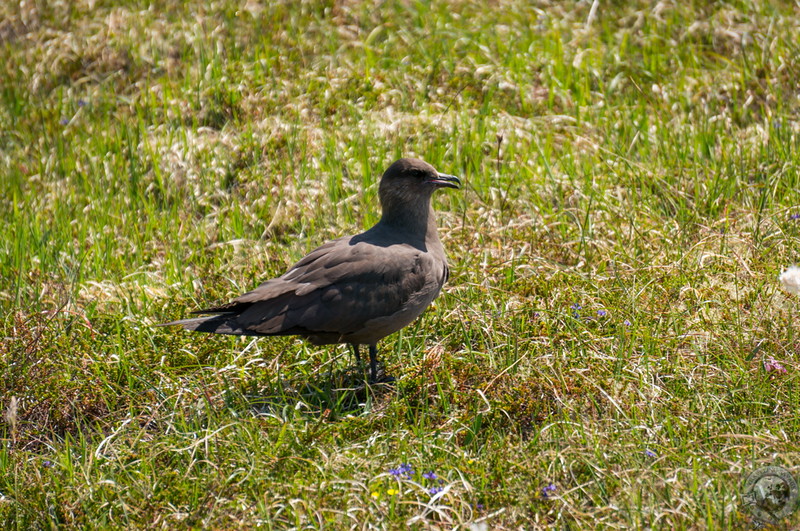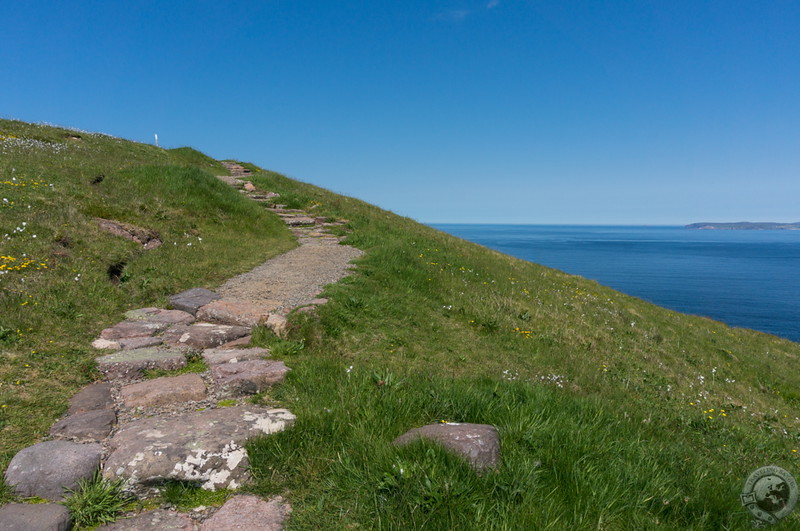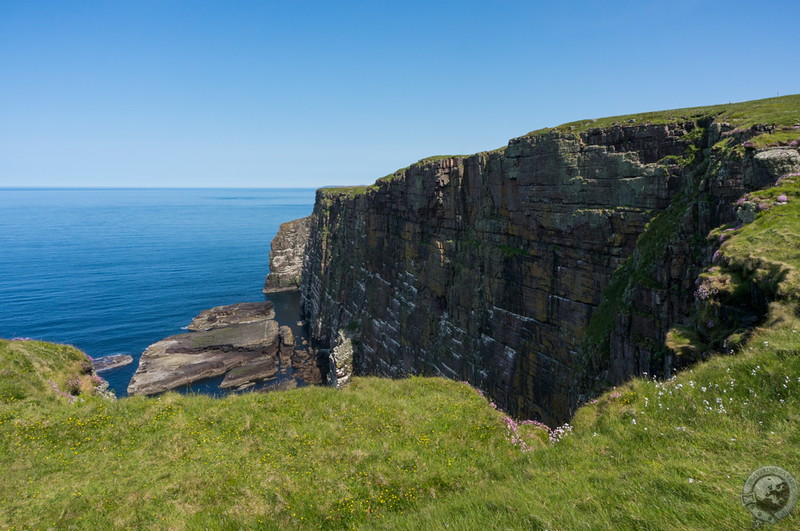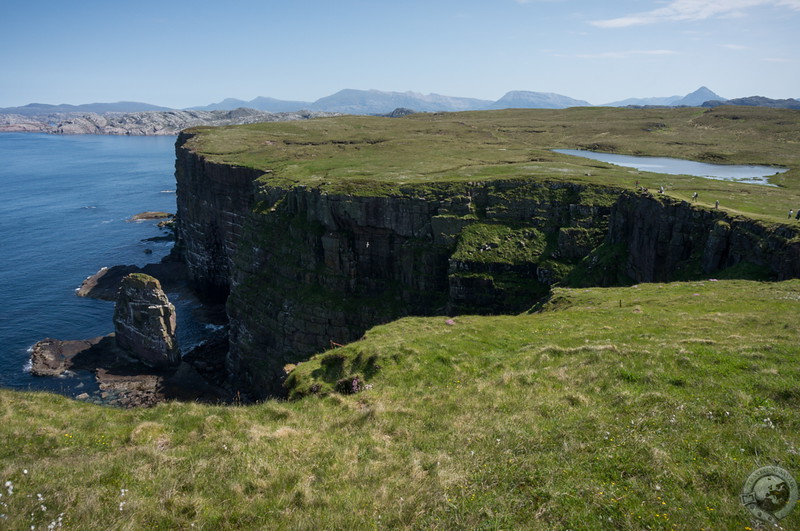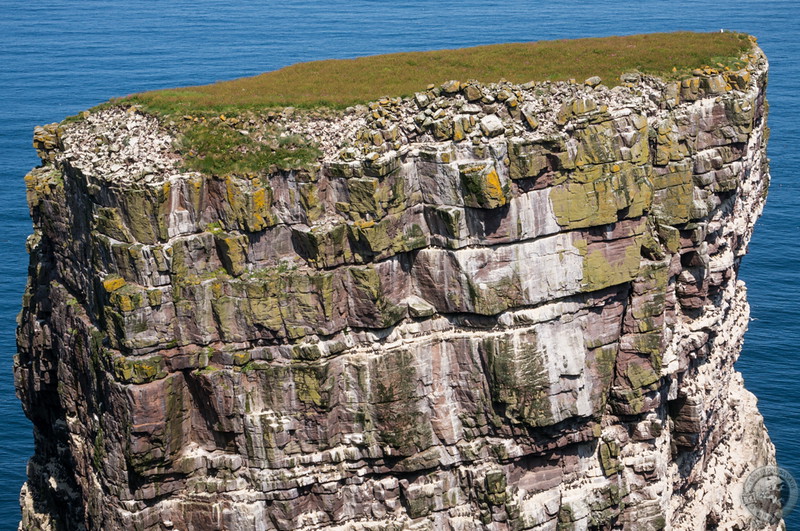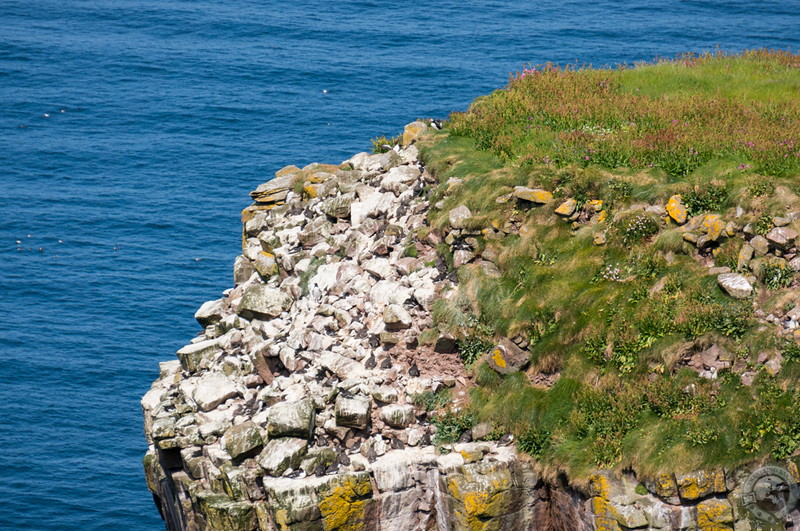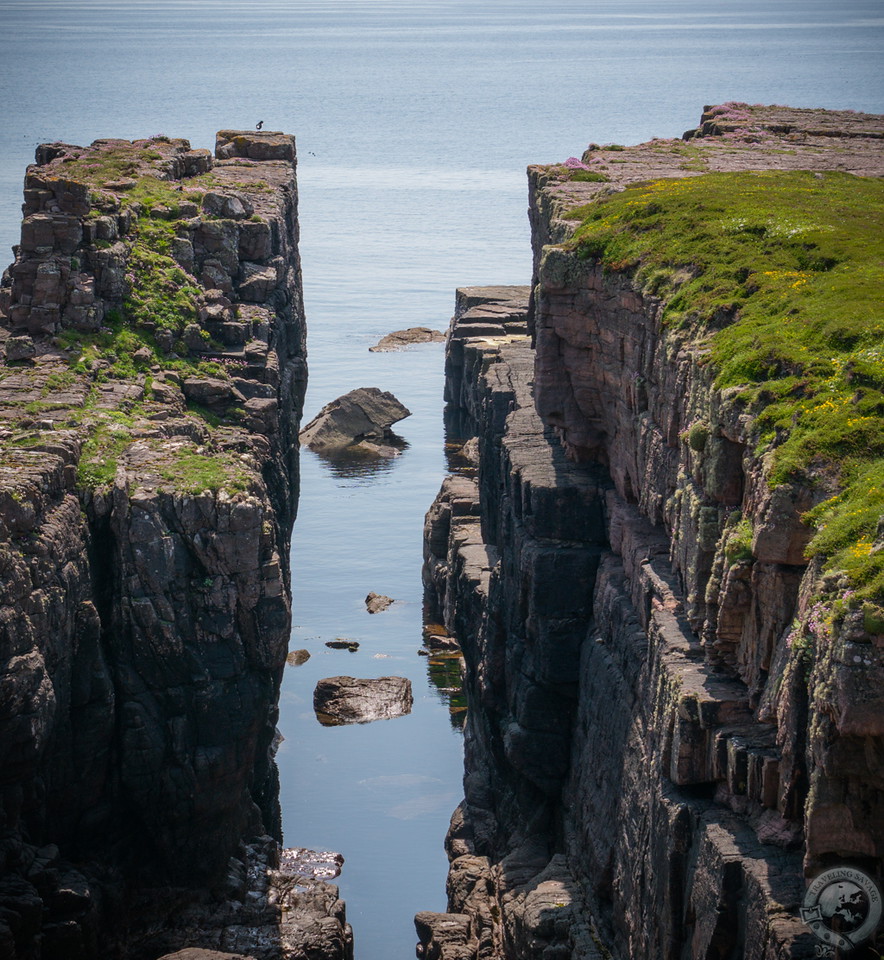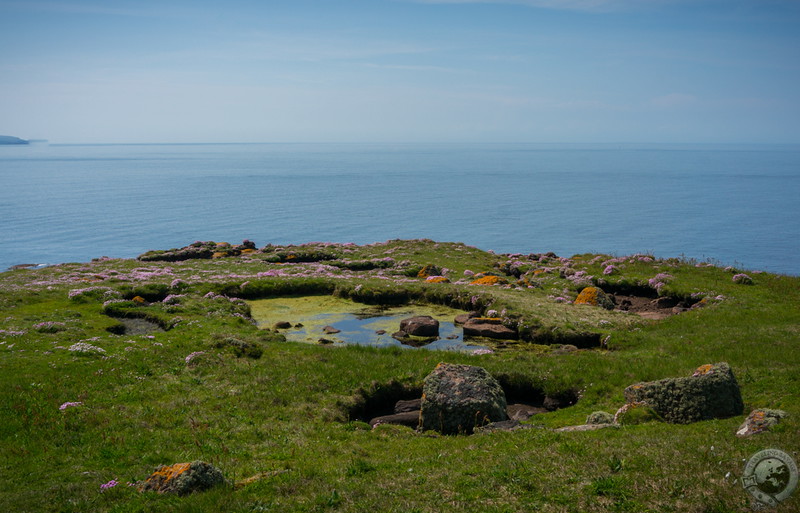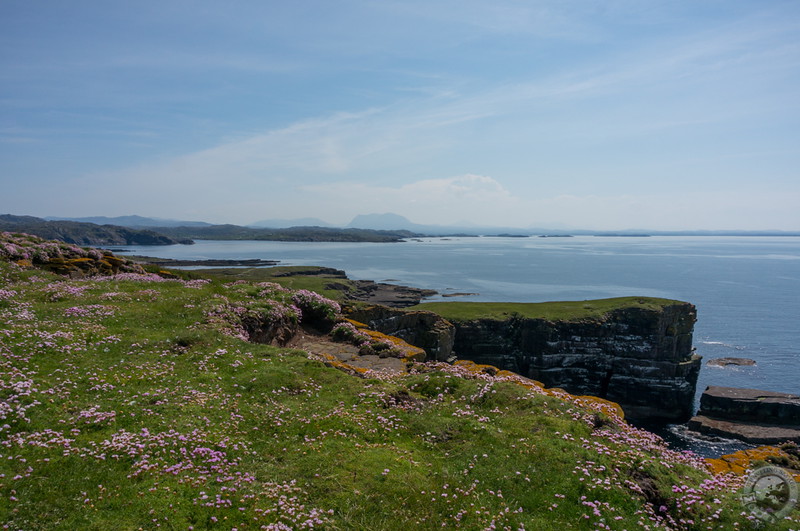One of the first realizations upon joining the North Coast 500 is the sheer breadth of excursions at your fingertips. Ruined castles, sandy beaches, rocky cliffs, windswept heath, lonely islands, magnificent hikes, and some of the best open-road, big-sky driving are part and parcel of Scotland’s most northwesterly driving tour. Neither a vacation nor a lifetime is enough to see everything on this massive circuit, but with careful planning and a discerning eye you can fill your days with the best northwest Scotland has to offer, Handa Island, the subject of today’s post, among them.
Handa Island wasn’t on my radar before we took to the North Coast 500. As is typical of any travel around Scotland, the people I met filled me with even more ideas than I’d planned, and Handa Island was suggested to me by a kind, elderly couple at a viewpoint to the Summer Isles above Achiltibuie. Handa is a Scottish Wildlife Trust nature reserve off the Sutherland coast between Kylesku and Durness, which is nearing Scotland’s most northwesterly point. In other words, it’s way up there. The aforementioned couple sold me on the island’s isolation, beauty, and wildlife, and seeing as how I’d planned a few nights in Durness a serendipitous visit to Handa Island sounded like a diamond in the rough.
The road north from Kylesku, the A894, is beautiful and leads you to a small track heading west to Tarbert just before Laxford Bridge. A small jetty used to ferry people to Handa Island is all that composes Tarbert, and it was a fairly busy place considering where I was on that sunny June morning. The ferry is little more than outsized raft with a four-stroke engine, and after a short wait I donned life jacket and goggles and enjoyed the short ride across the strait to Handa Island.
My first steps on Handa Island fell upon pristine white sand sliding into turquoise waters, a Caribbean kind of view not uncommon among Scotland’s northern isles. After a short hike over the sand dunes I arrived to an information hut where a volunteer ranger briefed us on island etiquette: Stick to the path, don’t disrupt the birds, be respectful, etc. The path circles around the western portion of the island with points of interest along the way.
Leaving the ranger hut I ascended to the ruins of a village last inhabited in 1847 and from where I had excellent views across the water to the mainland. Moving through the interior of the island on mixed boardwalk and gravel path I passed the nesting grounds of arctic skuas who are known to get aggressive if provoked. This heath was riddled with little spotted orchids and lousewort, so immediately I got a taste of the island’s highlights: Birds and wildflowers. As I would learn by the end of my visit, Handa Island is home to 200,000 seabirds including puffins.
Going ever northwest, I finally reached the north coast where Puffin Bay promises views of fulmars, seals, and puffins, if you’re lucky. Scads of birds nested in these sheer cliffs, wheeling through the air over surf crashing into the Torridonian red sandstone of the island. Plenty of bird-watchers and photographers had set up shop here for what would be a gorgeous day. I soaked in the views and continued along the clifftop path to my next destination: The Great Stack.
The Great Stack is an awesome spire of red sandstone standing just off Handa’s northern coastline. The brochure noted that more people have stood on the moon than on the top of The Great Stack. I hunkered down in the grass and hefted the binoculars I’d procured from the ranger hut. Apparently this is one of the island’s better puffin-spotting locations. As fate would have it, I spotted the little guy walking from the grasses!
The remainder of Handa Island’s circuit takes in amazing cliffs riffled with orange lichen and purple wildflowers, deep clefts and collapsed sea caves, and views out to blips of rock where seals baked in the sun. On some days you can spy whales, dolphins, and porpoises out to sea though I’d used up my luck with the puffin sighting. Poll Ghlup is particularly noteworthy as a collapsed sea cave. Take a gander, but take care, too!
My last stop on the circuit is the area known as Boulder Bay where eider ducks, oystercatchers, seals, and sometimes otter play amongst the rocks. The day was wearing on to the last couple of sailings back to Tarbert so I had to pick up the pace and make my way back to the beachhead.
Handa Island is open to visitors during the tourist season only, a period generally running from early April to early September. I spent a solid three hours hiking around the island and that involved only short stops along the path, which means if you want to get in some solid birding you’ll need to plan on taking an early sailing to maximize your time. Weather can play a factor in getting to/from the island, so aim for clear days if you can. Bring appropriate clothing and a packed lunch, too, as there aren’t any facilities on Handa Island beyond toilets.
Handa Island should be a part of your itinerary if you’re into birding, photography, wildlife, or wildflowers. It’s a gorgeous island on a clear day and I enjoyed my visit. However, it’s fairly out of the way and since it requires a ferry you really need to plan your day around it.
I hope you enjoyed this look at another one of the North Coast 500’s jewels!

